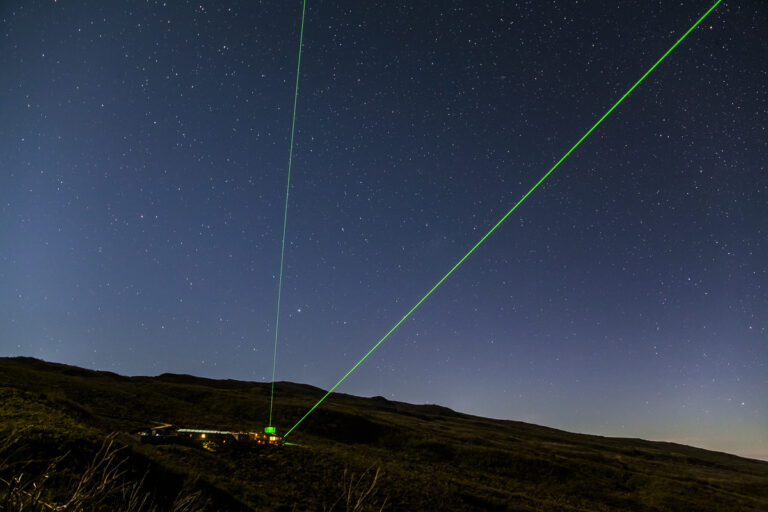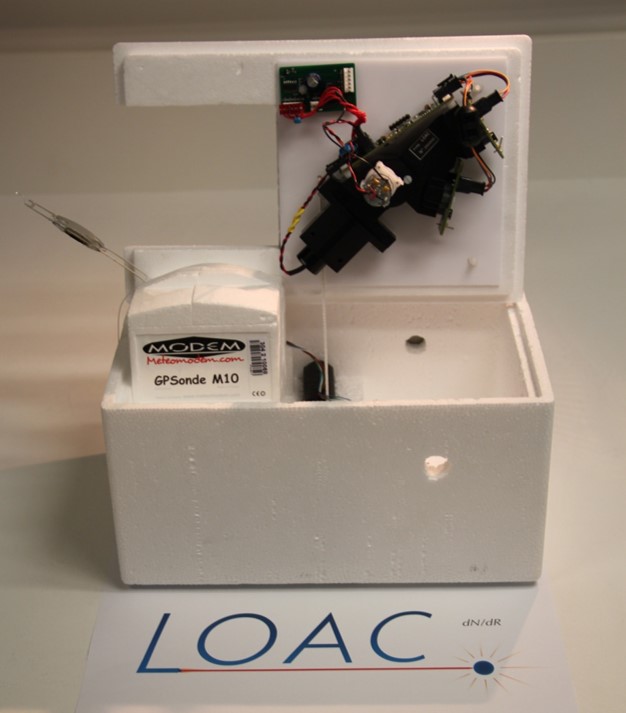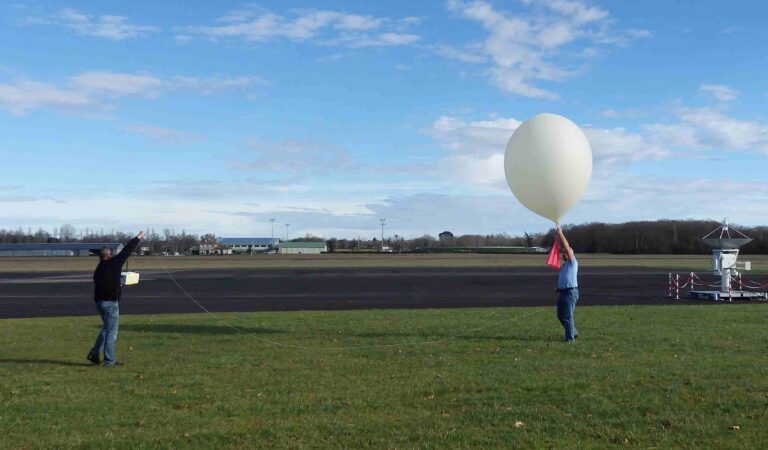Credits : France SIMONET/IRCELYON/CNRS Photothèque
Topic 4 :
electromagnetic properties of soot, measurement and detection
In addition to their specific physicochemical and morphological characteristics, soot particles have complex electromagnetic properties. Indeed, their morphology is irregular and the reactive chemical groups present on the surface or inside these grains are not homogeneously or isotropically distributed. However, knowledge of these properties is essential for the identification of the presence of soot by optical counting measurements, by remote scattered light measurements or by spectroscopy. These measurements concern the different strata of the Earth’s atmosphere, from the troposphere to the mesosphere, but also more distant space such as the interplanetary medium, circumstellar environments (we will then speak more generally of carbonaceous grains) and the atmospheres of exoplanets. These studies of optical properties are also fundamental to theoretical work on the climatic impact of aerosols.
Databases by and for everyone
In connection with the characterisation of the structural and chemical properties of soot at different stages of its evolution, the objective is now to build up databases on the effective cross-sections, optical and spectral properties of soot as a function of its nature, arrangement, composition and evolution. To do this, it will be necessary to have measurements in the atmosphere and to rely on theoretical models to reproduce these properties as well as possible.
Indeed, theoretical models are also very useful. On the basis of the characterisation and chemical analyses work (topic 1 and 2), it is possible to establish databases on the behaviour of soot in relation to radiation, depending on its size, morphology, composition, etc.
Finally, the analysis of in situ and remote measurements of the electromagnetic properties of carbonaceous aerosols will make it possible to better determine the presence and nature of soot in the atmosphere, as well as in certain astronomical sources (cf. topic 5), based on the databases obtained in the laboratory.



